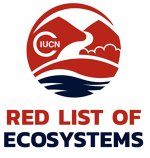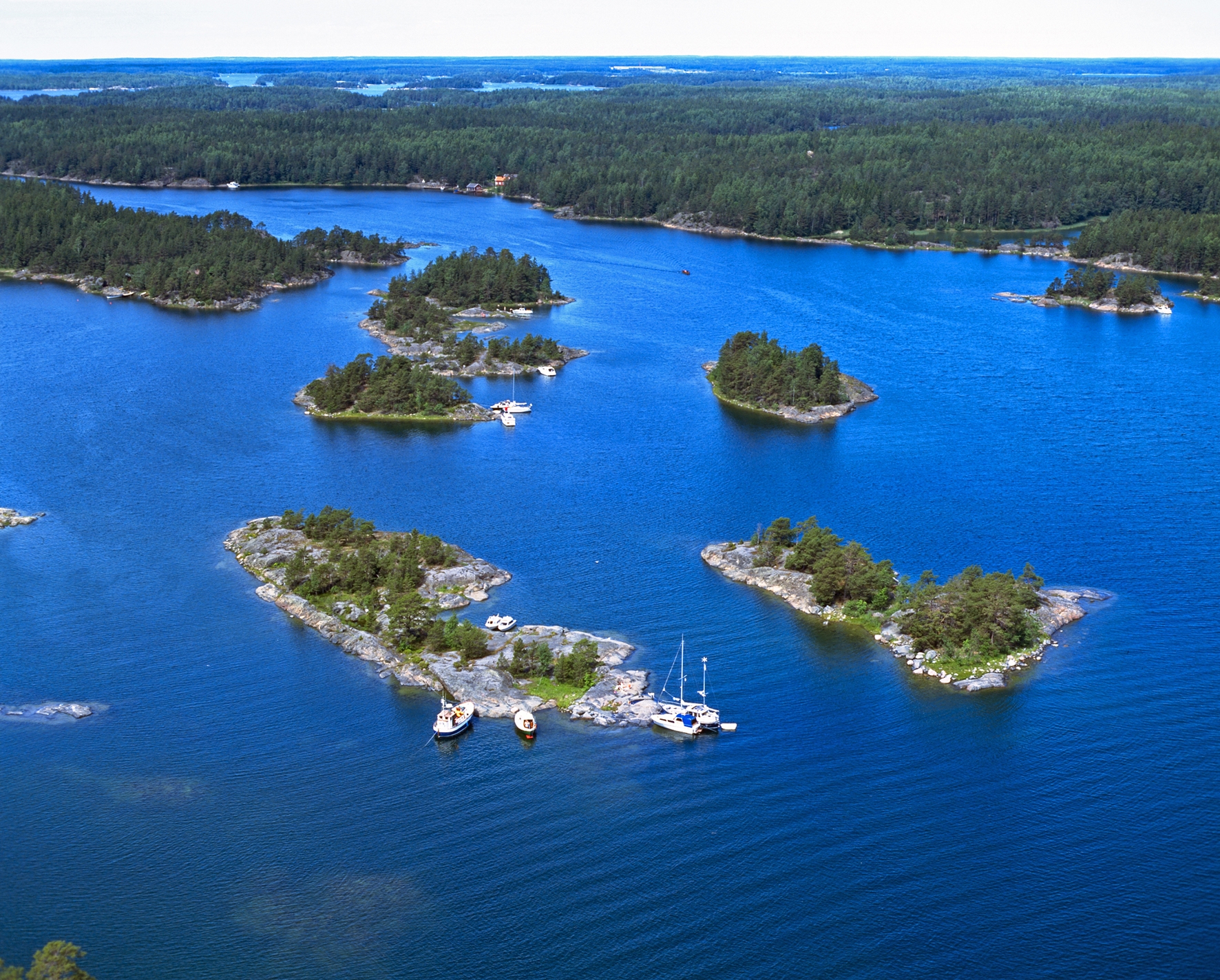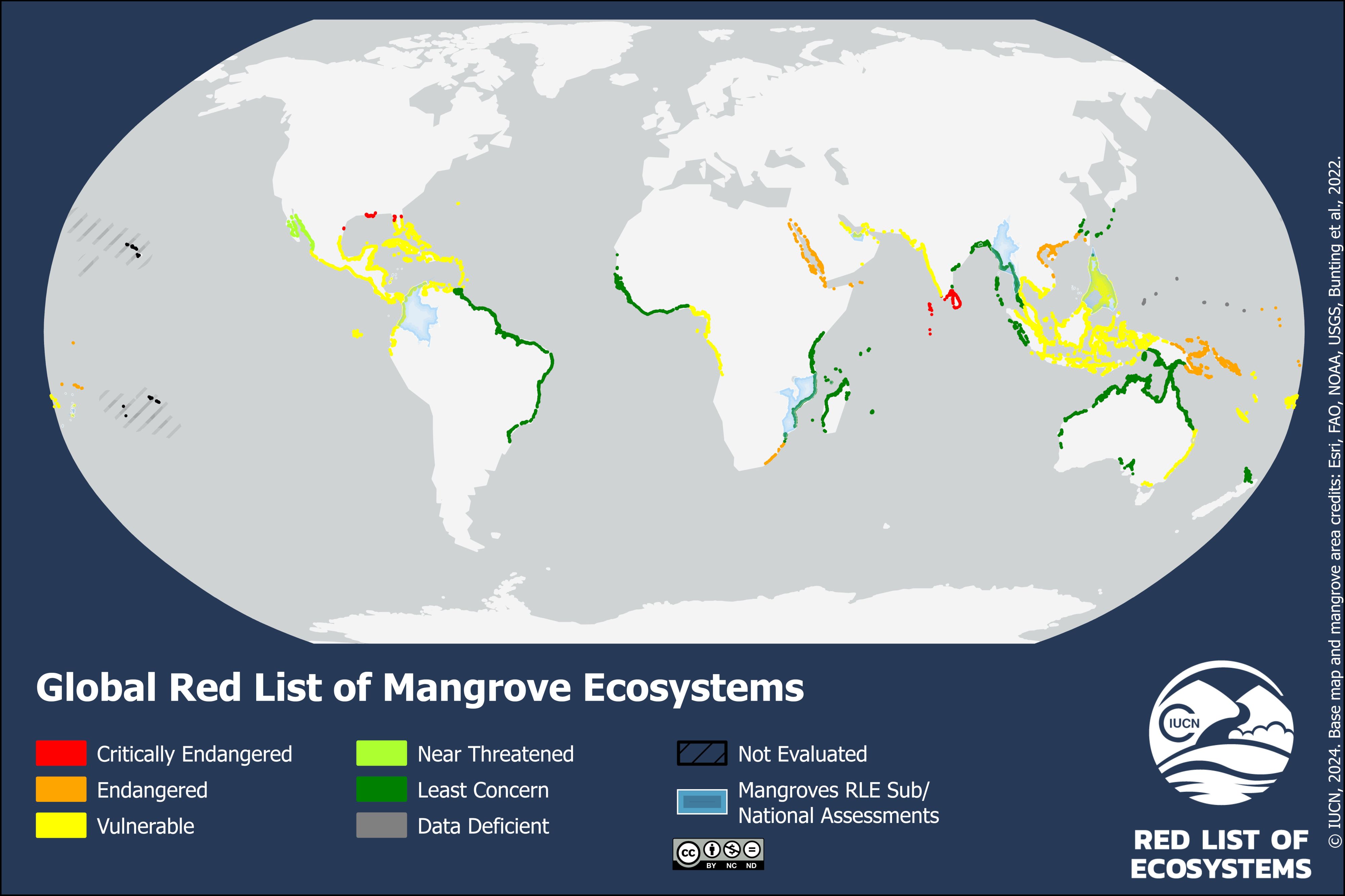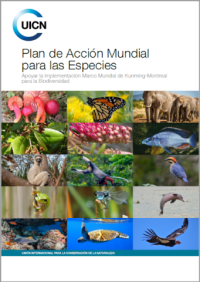In brief
The IUCN Red List of Ecosystems measures the relative risks of ecosystem collapse for terrestrial, freshwater and marine ecosystems at subnational, national, regional and global scales.
Information provided
The tool provides the information below for every ecosystem assessed:
- Ecosystem description with information on unique biodiversity ("native biota"), non-living characteristics, such as geology ("abiotic environment"), key processes, spatial distribution, and the relation with the IUCN Global Ecosystem Typology
-
Ecosystem diagnosis, based on a model describing the functioning of ecosystems, how major threats affect ecosystem sustainability and how risks were assessed
-
Ecosystem status which is assigned depending on the risks identified within each criterion and the overall risk of ecosystem collapse, summarised by the IUCN risk category.
- Assessment data, which includes spatial data, time series data, metadata used to assess the criteria for each ecosystem type













